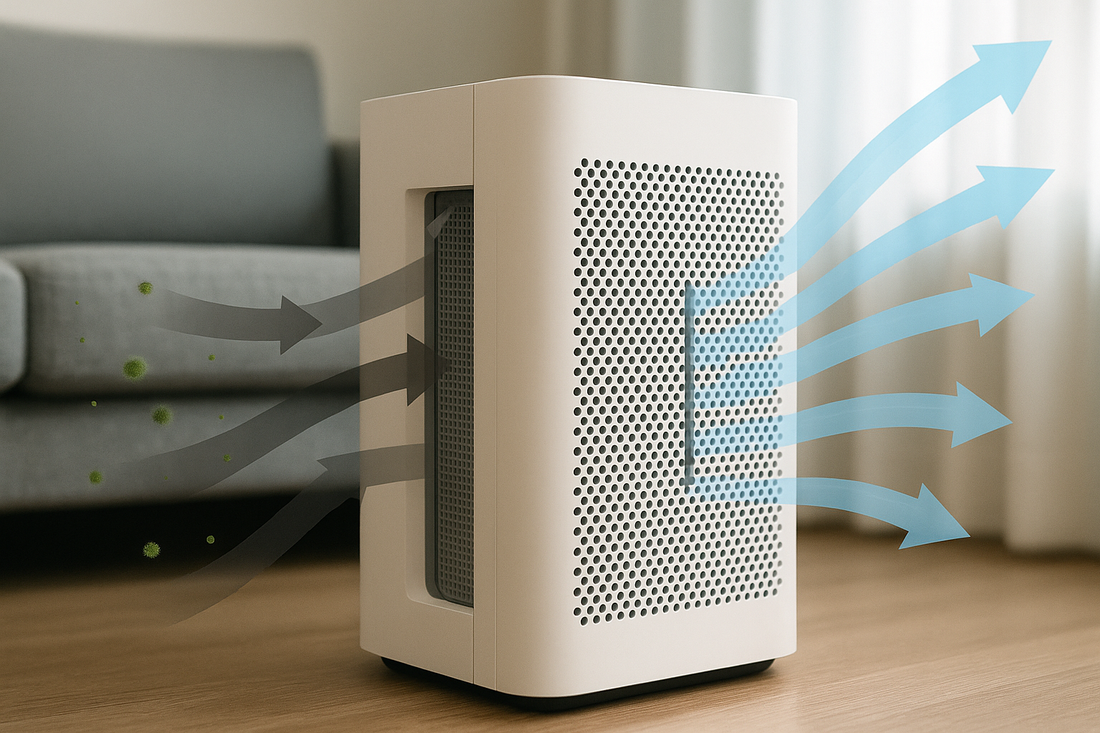
what does an air purifier do to the atmosphere?
Share
An excellent question! An air purifier affects the atmosphere of a room or indoor space in several important ways:
1. Removes Airborne Pollutants
Air purifiers draw in surrounding air, pass it through filters (often HEPA or activated carbon), and trap dust, pollen, pet dander, smoke, and other fine particles. This significantly lowers the concentration of pollutants in the atmosphere, making the air cleaner and safer to breathe.
2. Reduces Allergens and Irritants
By capturing allergens such as pollen and mold spores, air purifiers help reduce allergic reactions, asthma triggers, and respiratory irritation. This is especially beneficial for sensitive individuals or those with chronic respiratory issues.
3. Eliminates Odors and Harmful Gases
Many purifiers use activated carbon filters, which absorb unpleasant odors (like cooking smells, tobacco smoke, or pet odors) and neutralize volatile organic compounds (VOCs) — harmful gases often released from paints, cleaning supplies, or new furniture.
4. Improves Indoor Air Quality (IAQ)
Over time, a purifier improves the overall indoor air atmosphere, creating a fresher, lighter, and more comfortable environment. This contributes to better sleep, higher concentration, and reduced fatigue.
5. May Reduce Airborne Microorganisms
Some advanced purifiers use UV light or ionization to neutralize bacteria, viruses, and mold spores, further sanitizing the air and reducing infection risks.
✅ In short: An air purifier doesn’t change the composition of the atmosphere in a chemical sense (like adding oxygen or removing nitrogen), but it removes harmful particles, gases, and microorganisms, making the indoor atmosphere cleaner, healthier, and more pleasant to breathe.
Would you like me to also explain the differences between indoor atmosphere with and without an air purifier—almost like a before-and-after comparison?
